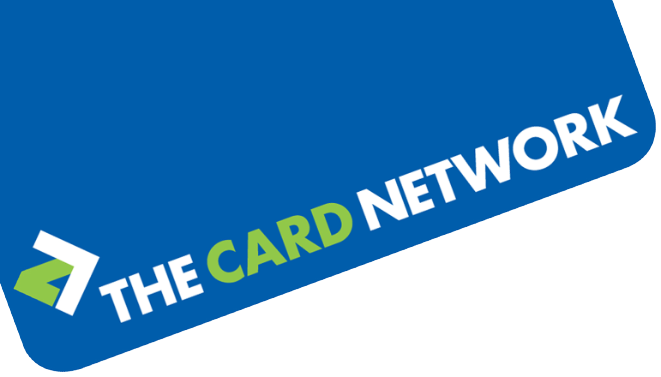ID card printers have become an essential tool for businesses, education, and government agencies alike. From employee badges and access control cards to membership cards and visitor passes, these machines produce secure and professional identification cards.
But how do they actually work?
Let's delve into the mechanics of ID card printing.
The Basics of ID Card Printing
At its core, an ID card printer is similar to a standard printer, but with a few key differences. It's designed to handle plastic cards instead of paper and employs specific technologies to create durable and high-quality images.
The primary components of an ID card printer include:
- Card Feeder: This mechanism introduces blank cards into the printer.
- Print Head: The heart of the printer, responsible for transferring ink or dye onto the card.
- Ribbon: Contains the ink or dye used for printing.
- Card Ejector: Releases the printed card from the printer.
The Printing Process
There are two primary methods used in ID card printing:
Direct-to-Card (DTC) or Dye Sublimation Printing
Most of the ID Card Printers on the market are Direct to Card printers. They are most common due to their accessible price and ease of use. They use a thermal printing process that involves heating a dye-infused ribbon, causing the dye to vaporise and penetrate the card surface.
Text and images are transferred onto the card through heat and pressure by bringing the printhead into direct contact with the card.
As the card cools, the dye solidifies, creating a permanent image. Direct-to-card printers are known to print vibrant colours and give smooth image quality.
Much like a standard paper printer, one notable thing is that Direct to Card printers can't print over the edge of the card - you will always have a thin white line around the edge where the dye can't reach.
Retransfer ID Card Printers
The retransfer method gives a higher standard and quality of printing compared to a DTC printer. A Retransfer printer is designed to handle large volumes of cards which is often why education and government agencies opt for these types of printers.
Unlike Direct-to-card printers, Retransfer printers use a two-step process. Firstly, the card design is printed onto a clear film. This clear film is then bonded onto the card surface using heat, meaning the card never comes into contact with the printhead. This is why Retransfer ID Card Printers are the gold standard when it comes to printing on chip cards (smart cards or access cards), as this method can't cause damage to the chip or result in print quality issues.
Retransfer printers can print 'over the edge'; giving you full colour saturation across the entire card.
🔎 Learn more about the differences between the two printing methods.
The Role of the Ribbon
The ribbon is a crucial component of the ID card printing process. It contains the ink or dye needed to create the image. Ribbons come in various colours depending on the desired print quality and card material. The majority of print ribbons will contain a clear overlay panel that is designed to increase card durability.
Additional Features
Modern ID card printers often include additional features to enhance security and functionality:
- Encoding: Many printers can encode magnetic stripes or smart chips onto the card, storing additional information.
- Laminating: Some models offer built-in lamination to protect the card from wear and tear.
- Edge-to-edge Printing: This feature allows for printing all the way to the card's edges, maximising the printable area.
- Hologram and Overlays: Some printers can apply holographic patches or overlays for added security.
By understanding the basic principles of ID card printing, you can make informed decisions when selecting a printer for your specific needs. Whether you require a simple system for employee badges or a complex solution for secure government identification, there's an ID card printer to suit your requirements.
🤔 Still unsure about what you need? Take our four-part printer quiz for recommendations.









